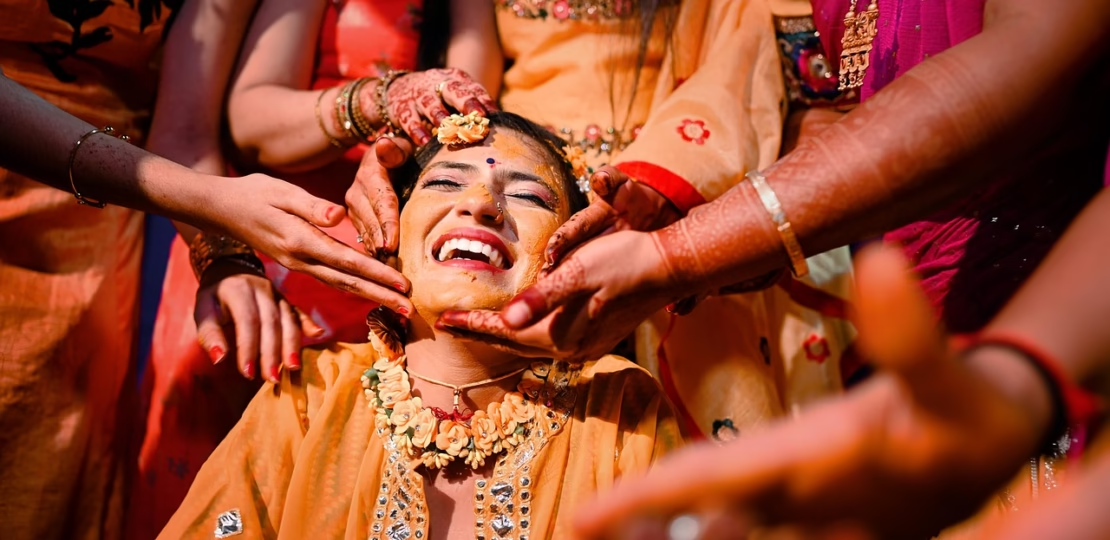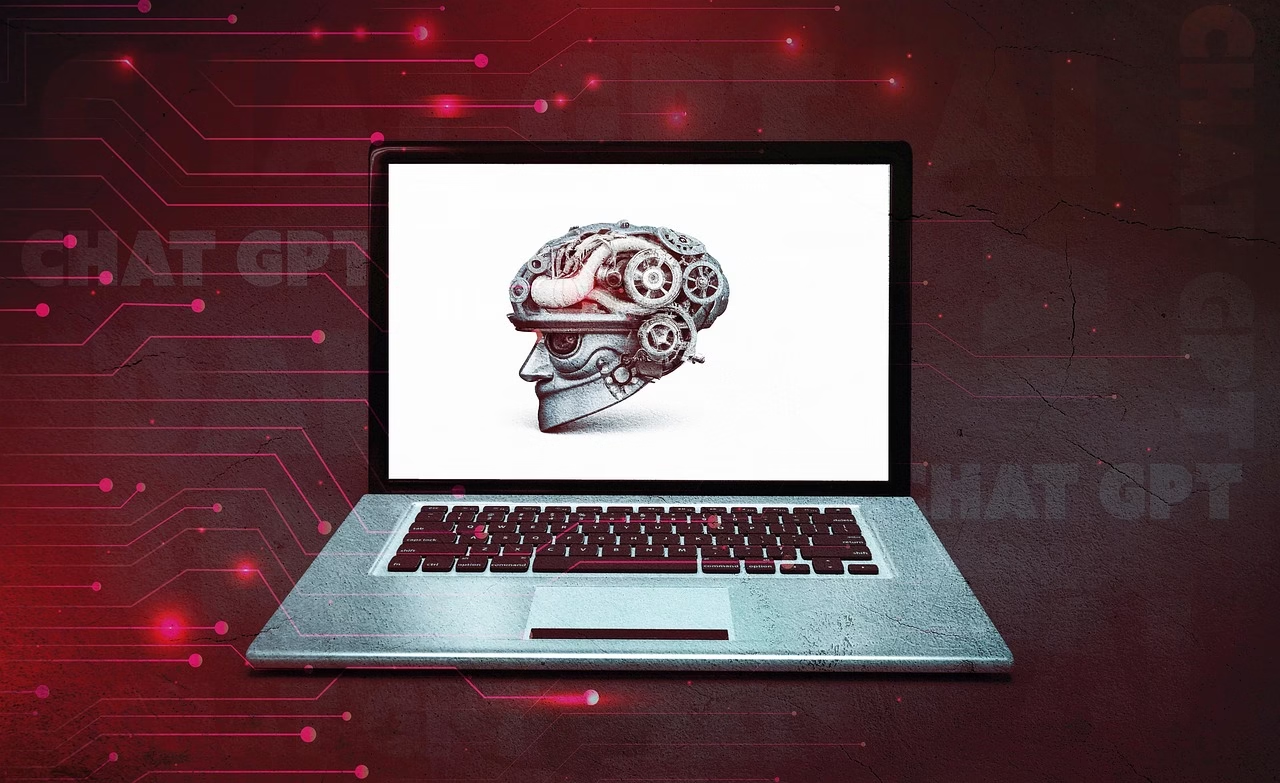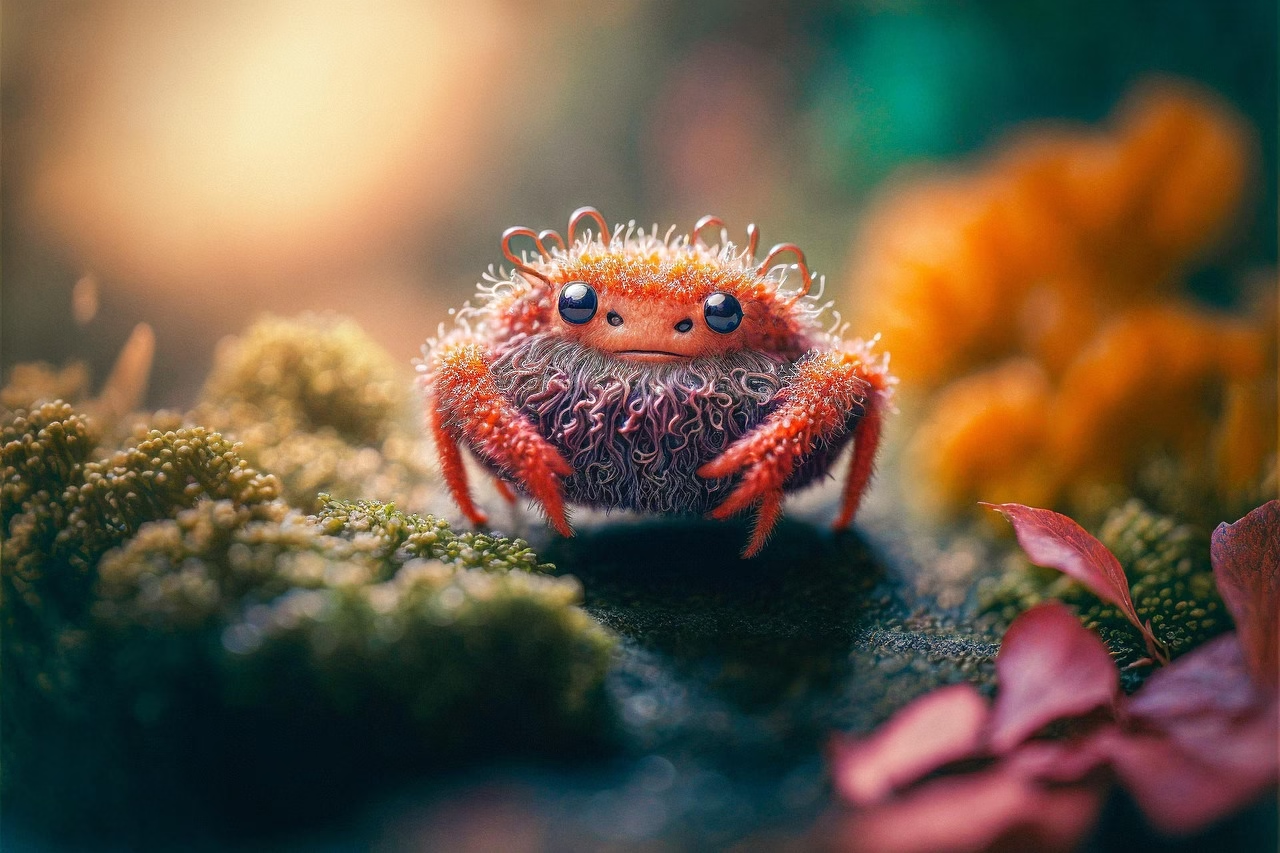“AI-Powered Video Platforms: Meta and OpenAI’s Sora and Vibe
October 2, 2025 | by Olivia Sharp

AI-Powered Video Platforms: Meta and OpenAI’s Sora and Vibes Challenge TikTok’s Dominance
In the rapidly evolving landscape of social video, TikTok has long been the reigning monarch, disrupting traditional formats with its short, addictive clips and an algorithm that seems almost prescient in predicting what users want to watch next. But as artificial intelligence continues to mature, two significant players — Meta and OpenAI — are stepping in with fresh innovations that extend beyond mere video sharing. The emergence of AI-powered video platforms like Meta’s Sora and OpenAI’s Vibes is reshaping not just how content is consumed, but how it is created, personalized, and understood on a profound level.
The Power Shift: From Algorithm to AI Collaboration
TikTok’s success is rooted in its finely tuned recommendation engine, a sophisticated algorithm that processes massive quantities of user data to deliver highly personalized content streams. While powerful, this approach is largely passive: users receive suggestions but remain content consumers rather than creators. Sora and Vibes, by contrast, herald a shift where artificial intelligence actively partners with users throughout the content creation process.
Meta’s Sora leverages deep generative AI to empower creators with tools for instant video synthesis and dynamism. Imagine an interface where inputting a script, mood, or scene description can generate a compelling video snippet with realistic avatars, ambient sounds, and contextual effects — all generated on demand. This creates a seamless integration of creativity and automation, appealing both to casual users who want effortless expression and professionals seeking rapid prototyping.
Meanwhile, OpenAI’s Vibes focuses on using natural language and emotional signals to tune video aesthetics and narrative pacing dynamically. By analyzing user reactions in real-time and integrating sentiment analysis along with style transfer technologies, Vibes can adapt videos to maintain emotional resonance with viewers, increasing engagement without explicit manual edits.
Ethical and Practical Implications for Creators and Audiences
The fusion of AI and video generation is not without challenges or ethical considerations. Both platforms emphasize responsible innovation — ensuring creators retain control over content ownership and mitigating risks of misinformation or deepfakes by embedding transparency markers or verification tokens.
This raises practical questions for creators and marketers: How will content authenticity be preserved if AI can mimic real people or generate synthetic scenes indistinguishable from reality? Both Sora and Vibes are pioneering built-in guardrails, such as encrypted metadata or AI “fingerprints,” to maintain provenance without stifling creativity.
For audiences, the promise lies in experiencing hyper-personalized video streams that evolve with their tastes and emotional states — moving beyond static feeds to truly interactive entertainment ecosystems. This marks the beginning of AI not as a mere recommendation engine component but as an empathetic collaborator shaping a personalized storytelling experience.
What TikTok’s Dominance Faces Next
TikTok’s momentum is undeniable, but the landscape of digital video is far from static. The integration of AI-powered creative assistance and emotionally intelligent adaptation places Meta’s Sora and OpenAI’s Vibes in a formidable position to redefine user expectations. Instead of competing only on content quantity or catchiness, these platforms focus on enhancing creative potential, reducing barriers for authentic expression, and offering viewers a deeper, more engaging journey.
We are witnessing a transition from simple consumption to co-creation. In this environment, AI doesn’t replace human creativity, but augments and accelerates it. This blending of human intuition with artificial intelligence’s speed and adaptability could trigger a renaissance for video content across social, entertainment, education, and even enterprise communication.
Concluding Thoughts
Meta’s Sora and OpenAI’s Vibes represent a pivotal evolution in how AI transforms video technology. Their challenge to TikTok is not a mere race for viewership but a reimagining of the entire video ecosystem — where creation, personalization, and ethical stewardship converge. For creators and consumers alike, embracing this shift means stepping into a future where artificial intelligence is a trusted partner, not just a tool.
“AI-powered platforms are creating a new paradigm: video that listens, learns, and evolves with us. This isn’t just innovation; it’s the future of meaningful connection.”
As we navigate this evolving terrain, the question is not simply who will dominate the market, but how these technologies will enrich our stories, voices, and communities in ways previously unimaginable.

RELATED POSTS
View all



